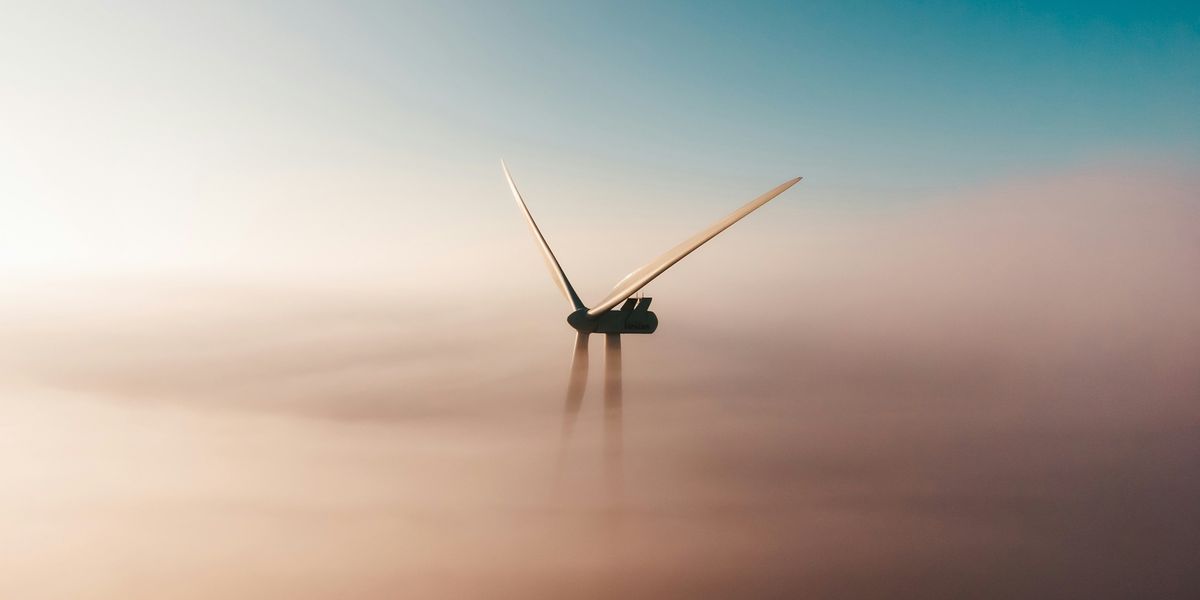
Clean energy growth shattered records in 2024, but political uncertainty looms
Clean energy installations in the U.S. surged 47% last year, driven by tax credits and falling costs, but future growth faces challenges from the Trump administration’s policies.
Akielly Hu reports for Canary Media.
In short:
- The U.S. added 48.2 gigawatts of utility-scale solar, wind and battery storage in 2024, with carbon-free sources making up 95% of new power capacity.
- Solar led the expansion, growing 65% from 2023, while wind power continued to decline due to transmission issues and offshore project cancellations.
- Battery storage saw rapid growth, but tariffs on Chinese imports and political opposition could slow progress.
Key quote:
“Uncertainty around the Trump administration’s energy agenda and the future of the IRA will cause the [utility-scale solar] segment to stagnate, despite extremely high demand from data centers.”
— Analysts at Wood Mackenzie
Why this matters:
The rapid expansion of renewable energy has been one of the defining trends of the past decade, with solar power and battery storage leading the way. Advances in technology and falling costs have made these sectors more competitive than ever, helping to drive record-breaking installations. But while solar is thriving, wind energy is facing headwinds. Rising costs, supply chain disruptions and local opposition have slowed the pace of new wind projects, particularly offshore. For now, the outlook for renewables remains largely positive, with strong momentum in solar and energy storage. But whether the sector continues to accelerate — or encounters major roadblocks — may depend on how policymakers choose to navigate the evolving energy economy.
Related: Op-ed: In the race for clean energy, the US is both a leader and a laggard — here’s how














